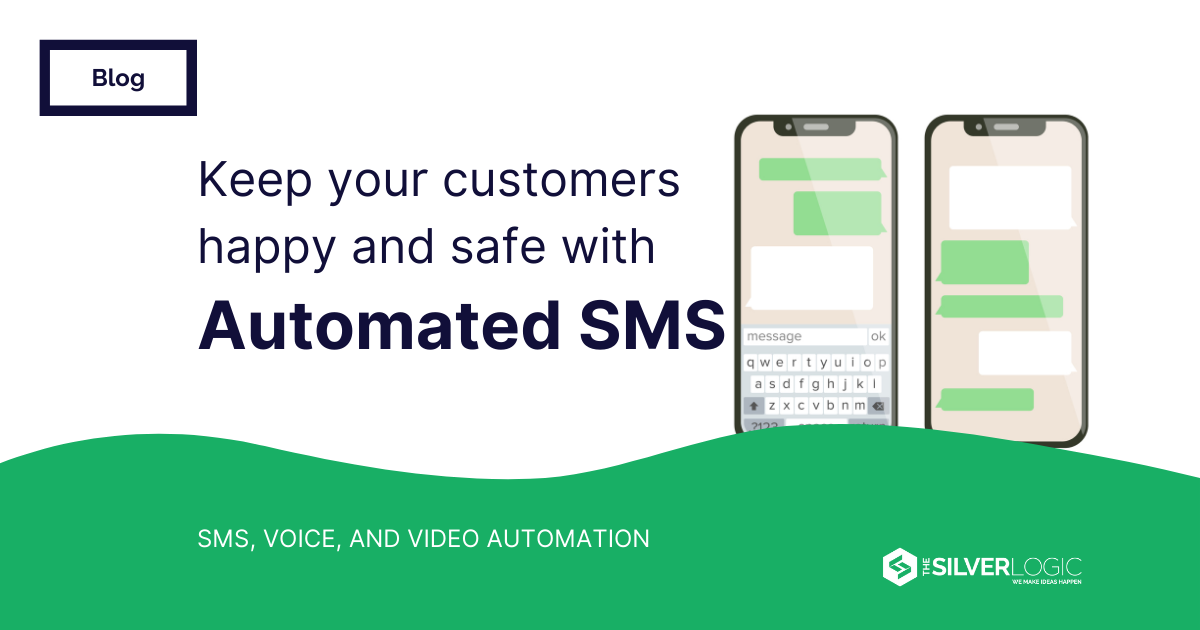Is Your Mobile App Business Opportunity Viable?

Do you have the next multi-million-dollar app idea? Perhaps you're gearing up to present it at an upcoming event like 'Meet the Angels,' hosted by FAU Tech Runway in Boca Raton, Florida, in hopes of securing investment. But how can you ensure that your app doesn't become another I Am Rich and instead becomes the next Facebook? Let's explore key factors to determine the viability of your mobile app business opportunity.
Explosive Growth in the Mobile App Industry
The mobile app industry has witnessed remarkable growth in recent years:
- In 2018, there were an estimated 4.9 billion mobile phone users worldwide (Statista)
- Mobile app downloads soared to approximately 205.4 billion in 2017
- The number of mobile app downloads continued to surge, hitting 255 billion in 2022
(source: Statista, Number of Mobile App Downloads Worldwide from 2016 to 2022)
The SilverLogic's Expertise
As active participants in the custom app and software space, we've witnessed many projects either flourish or flounder in their early stages. Promising startups sometimes veer off course by adding unnecessary features, losing the essence of what made their app unique. Others have faced developmental roadblocks due to insufficient research and overly complex execution, ultimately leading to budget depletion.
At The SilverLogic, we’ve guided numerous clients through their journey from ideation to prototype creation, app development, and refinement — that have resulted in successful launches and post-launch updates or expansions. Success or failure in the app world depends on various internal and external factors. In this article, we'll highlight the crucial steps and decisions that can help your app stand out while potentially saving you time, money, and your reputation.
Evaluating Your Idea
Knowing the difference between a good idea and a great opportunity--one worth investing your time, energy, and life into--depends on a great deal of online and offline research. Consider the following 10 questions to help direct your research and analysis that will help you further develop your idea and help you determine if it is a viable opportunity:
- Is your idea already an app, or is it something unique?
- How many similar apps are already on the market?
- What are the performance metrics of these similar apps (downloads, reviews, revenue, etc.)?
- Who are your potential users?
- How does your app idea surpass user needs compared to existing apps?
- What are the advantages and challenges of users choosing your app over others?
- How deeply do you understand the market, industry, or user base your app targets?
- What is the estimated market value or potential user base size?
- How can your app save time or money for users or businesses?
- Do you have potential personal connections as users or buyers?
Based on the above questions and answers, honestly ask yourself how much work, time, money, and energy you will be willing to invest in turning your idea into reality. Think about who potential business partners or team members could be. Reach out to previous employers, teachers, colleagues, family, or friends. Consider working with a start-up coach, getting a mentor, or working with a company that builds prototypes or apps that support you on your journey.
Understanding your target audience
Understanding your initial target audience is crucial when explaining your app idea to potential users, investors, or clients. Every decision you make has the potential to either contribute to or hinder the success of your app. Considerations such as design, navigation, features, marketing, branding, and even your business model should all be initially tailored to their preferences and needs. An intimate understanding of your audience not only supports the success of your app or business but also guides decision-making, as opposed to a generic or personal preference-based approach.
- Is it a gaming app that adults or children would use?
- A general application anyone could use?
- A specific business application for accountants or marine surveyors?
- A general business application for any industry?
- A social app for a target demographic with shared interests or needs?
In most cases, an application that appeals to anyone is difficult to market without a massive budget (think Coca-Cola or McDonald’s). A well-defined target user and demographic, however, will allow you to define and market your Minimum Viable Product (MVP) effectively without relying on a massive budget.
Pitching Your App Idea to Investors
Once you have completed your research and want to further develop your idea or share it with someone who may invest in it, you have to dive into the core of your idea. A “Like This App But More” is usually harder to sell as the social or business need is already being filled by another app. On the flip, a unique app that solves a problem other apps aren’t tackling may be a huge business opportunity that requires a drastic shift in user behavior or beliefs: we were told never to ride with strangers, but now we do every time we get in an Uber or Lyft.
How to frame your app idea when sharing it:
It’s like X, but Y
Dating application similar to Tinder, but it allows women to go first so there is more of a connection at the start as they lead the interaction (Bumble)
It solves a problem and creates a convenient solution for small-medium businesses, saving employees time, and employers money, and streamlines a manual business process:
People have issues with booking taxis, they don’t come on time, and the people working for taxi companies need more flexibility to work when they can make money on the side (Uber & Lyft)
Provide an opportunity for people to connect, socialize, or share with other like-minded people outside of their comfort zone
People want to connect with like-minded groups and professionals, but it is hard to find out where they are meeting (Meetup)
Given the volume of apps out there, remember to go beyond the hype when conceptualizing and discussing your app. It’s usually a simple app that solves a business problem and saves time, and money, or helps a business owner operate more effectively and succeed.
Next Steps and Defining Your MVP
Once your research is complete, defining your Minimum Viable Product (MVP) is essential. A well-defined MVP outlines the core features needed to build a working app. Learn more on how to create your first MVP roadmap.
A clearly defined MVP defines the core features necessary to build a working app to get you up and going. If you’ve confirmed your app is a viable business opportunity, the next steps are:
- Explore building a prototype
- Secure the funds together to build a working prototype
- Get users to start using it (even if it's just friends and family) and consider potential early investors
- Learn how your app is doing and can be improved or further developed from user feedback
- Seek funding when your concept has been validated as a solid business opportunity
Any idea takes work to evolve into a viable business opportunity. Make sure to build a team of experienced and dedicated professionals who believe in your idea and will support you every step of the way. Consider reaching out to our team at The SilverLogic in Boca Raton along your journey if you need assistance with:
- Fine-tuning your MVP
- Developing a prototype to present to investors
- Assistance with User Interface (UI) and User Experience (UX) design
- Building your app
- Completely revamping your current app or prototype
Conclusion
Transforming your mobile app idea into a thriving business opportunity is an investment on multiple levels. Ensure your app solves a problem, saves time and money, or adds social value that motivates users to download and use it regularly. Working with an experienced team will help ensure your app exceeds user expectations and stands out in the competitive app market.
